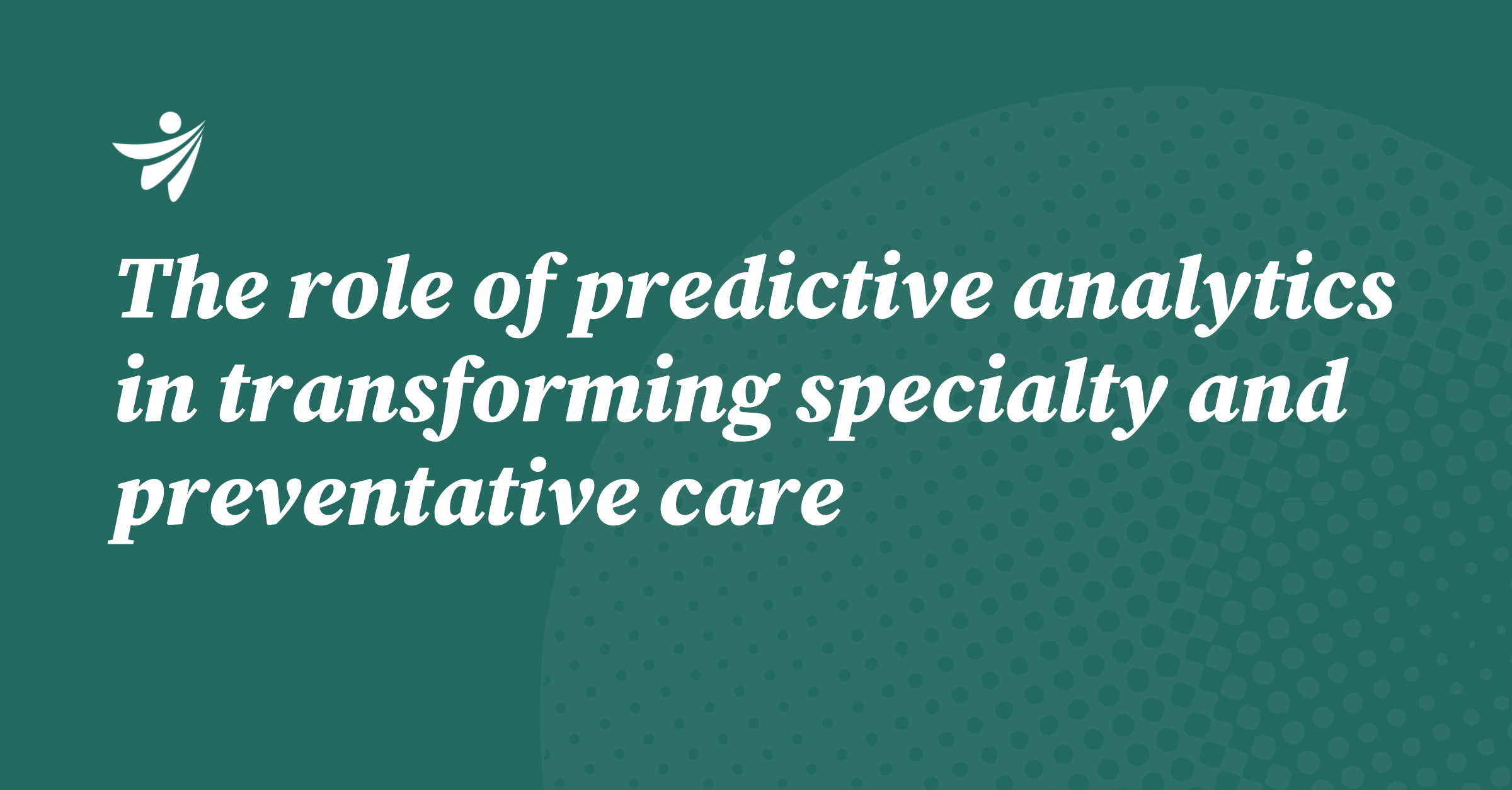
Healthcare Analytics
Apr 2, 2024
Healthcare Analytics | April 23, 2024
Imagine a future where healthcare networks communicate seamlessly, exchanging healthcare data efficiently and effectively. Providers can see every patient’s full health journey, understand all the issues they face, and offer holistic care plans. Payers can streamline their operations, make better decisions faster, and manage risks more effectively. Less manual work and fewer errors pave the way for excellent service delivery — and better member experiences. Healthcare data interoperability can be defined as the ability of discrete information technology systems and software applications to communicate with each other, enabling the seamless exchange of data. The technology required to make interoperability a widespread reality already exists. Often the obstacles to implementation lie with payers and providers who do not have the necessary technology infrastructure and incentives to integrate across data sources. The rewards of interoperability make it worth the investment. As massive healthcare data sets begin to reshape the healthcare industry, data interoperability is becoming crucial to transformation, enabling unprecedented levels of personalized care, operational efficiency, and strategic revenue growth. Healthcare data interoperability is integral to delivering patient-centric, value-based care. It can also unlock a lot of value for business operations and optimization. Here are three ways improving data interoperability can help health plans grow. For many years, health systems and health plans have entered, exchanged, and reconciled data manually, often relying on resource-intensive or overly complicated methods and tools. These outdated methods cost the healthcare system $25 billion every year, according to the Council for Affordable Quality Healthcare (CAQH). That’s why data interoperability is a game-changer for the healthcare industry. Streamlined communication between healthcare networks reduces paperwork and manual data entry, reducing administrative costs and errors. Interoperability also helps providers generate more accurate and complete healthcare data, which payers can use to make better-informed decisions for their member populations and the resources needed to keep them healthy. The advent of data interoperability in healthcare will revolutionize the way payers interact with their members. By having access to a patient’s complete health record, payers can offer more personalized services, leading to a significant improvement in member engagement and satisfaction. This tailored approach ensures that members receive the right care at the right time, enhancing their overall experience with the health plan. Personalized care plans, based on comprehensive health data, allow for targeted interventions and support. For example, a member with a chronic condition can receive customized reminders for medication adherence, appointments, and lifestyle modifications. This proactive engagement not only improves health outcomes for the plan’s members but also fosters a sense of trust and loyalty. Additionally, data interoperability facilitates the development of targeted engagement programs. Payers can segment their member population based on health risks, preferences, and behaviors and design customized programs that resonate with each segment. For instance, a wellness program tailored for young adults might focus on mental health and preventative care, while a program for seniors might emphasize nutrition and meal services, transportation services, or medical alert systems. Risk management is central to every payer’s strategy for continuous improvement and growth. With a deeper understanding of a patient’s health risks, payers can set premiums more precisely. This precision helps avoid overpricing, which can deter potential customers, or underpricing, which can lead to financial losses. Moreover, a better grasp of health risks allows for the implementation of preventive measures, reducing the likelihood of unexpected high-cost events and ensuring a more stable financial outlook. Furthermore, interoperability grants access to a broader range of data, empowering payers to make informed decisions regarding risk assessment, pricing, and product development. This access facilitates the creation of more competitive offerings and pricing strategies. For instance, a payer might use data insights to develop a new insurance product that addresses a previously unmet need in the market, attracting a new segment of customers. Alternatively, a payer might refine its pricing strategy to undercut competitors while still maintaining profitability, thereby increasing its market share. Together, these risk management strategies stabilize revenue and increase profitability. They also allow payers to offer competitively priced health plans. That attracts new customers and helps retain existing members. The push for interoperability is not just about managing risk or refining existing offerings. It’s also about seizing opportunities to innovate. Embracing data interoperability is a strategic move, one that looks toward a future where seamless care coordination, enhanced member experiences, and robust revenue growth are not aspirations but realities. By tapping into expanded data sets, payers can leverage data analytics to uncover trends and identify gaps in the market. The insights derived from comprehensive data analysis enable the development of new products and services that address unmet needs in the healthcare market. Novel insurance products and wellness programs, for example, can turn into new revenue streams. Moreover, by catering to evolving consumer preferences and needs, payers can strengthen their market position and build a more loyal customer base.1. Improve accuracy with healthcare data interoperability
2. Increase retention through improved member experience and engagement
3. Leverage data interoperability to manage risk
Data interoperability in action